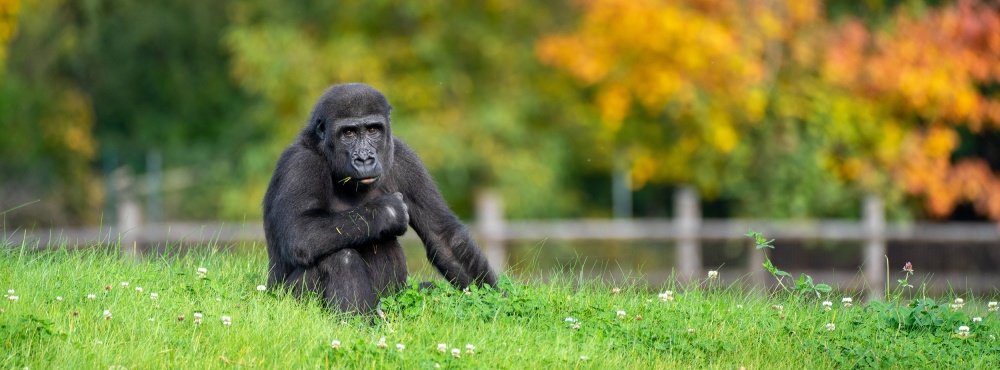The crucian carp’s return to the Czech Republic has begun. Prague Zoo releases the first fish in Vinoř

As of today, approximately one hundred small crucian carp bred at Prague Zoo have been inhabiting the U Kamenného stolu pond in Prague’s Vinoř district. They were released by the staff of Prague Zoo, thus starting the long-planned reintroduction of this almost extinct species into the Czech countryside.
 Small crucian carp before being released into the pond U Kamenného stolu in Vinoř, Prague. This is the first ever reintroduction of this species into the Czech countryside after it practically disappeared from it. Photo: Miroslav Bobek, Prague Zoo
Small crucian carp before being released into the pond U Kamenného stolu in Vinoř, Prague. This is the first ever reintroduction of this species into the Czech countryside after it practically disappeared from it. Photo: Miroslav Bobek, Prague Zoo
“Prague Zoo has several projects to protect biodiversity around the world, the most famous one probably being the return of the Przewalski’s horses to Mongolia. However, we are also trying to contribute to saving some endangered species of our own fauna - one of them is the crucian carp, which was once quite common. Today, it is a rarity in our countryside, and that’s why we have made moves to reintroduce it,” said Miroslav Bobek, Prague Zoo’s director.
The U Kamenného stolu pond in Prague-Vinoř was chosen for the release of the crucian carp primarily for its ecological value – it is a flowing forest pond with rich vegetation and no farmed fish. According to Bobek, it is now crucial to keep it that way. “We urge people not to release fish that do not belong there, such as goldfish. Even Christmas carp put in the same pond where we have returned the crucian carp would cause irreparable damage,” he warned.
The crucian carp used to inhabit just such localities – the lower reaches of rivers, their cut-offs and pools. Over time, however, these water refugia have almost disappeared from the landscape. The hope of finding the last surviving fish was with flooded quarries or other abandoned water areas. But the crucian carp faced another threat.
“The latest calamity for the crucian carp has been its relative, the invasive Prussian carp. It was introduced here around the 1960s and has displaced our crucian carp from its few remaining sites,” explained the project’s author, Petr Velenský, curator of reptiles, amphibians and fish. In his opinion, the imported Prussian carp is not only very resilient, but can also reproduce rapidly through gynogenesis – a form of asexual reproduction. “The crucian carp simply cannot compete with this,” Velenský said.
The idea to save the crucian carp came at the end of 2020, when Prague Zoo was looking for a meaningful use of the former mill race in the zoo’s grounds. It was subsequently drained, cleaned and replanted with aquatic plants. The next step was to find the actual crucian carp. The zoo found willing partners in the persons of ichthyologist Marek Šmejkal from the Biology Centre of the CAS and fish genetics expert Prof. Lukáš Kalous from the Czech University of Life Sciences. They too were taken by the idea to help the crucian carp.
The cooperation resulted in 166 crucian carp being released into the mill race in April 2021. The crucian carp then found suitable places to live in the pond at the Children’s Zoo and the pond at Prague Zoo’s breeding station in Dolní Dobřejov. Today, they are successfully breeding in all three locations and the fish released in Vinoř are the progeny of these fish – what’s more the genetically verified Labe lineage – i.e. the original Czech form that disappeared from our waters over the last decades.

Prague Zoo staff preparing to release crucian carp into the pond. Photo: Petr Hamerník, Prague Zoo
ZOOPRAHA.CZ
Contacts
- The Prague zoological garden
U Trojskeho zamku 120/3
171 00 Praha 7
Phone.: (+420) 296 112 230 (public relations department)
e-mail: zoopraha@zoopraha.cz
Others








